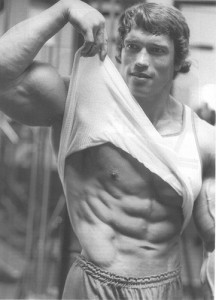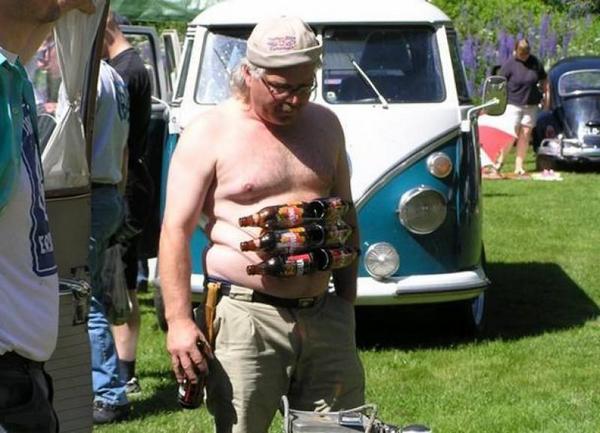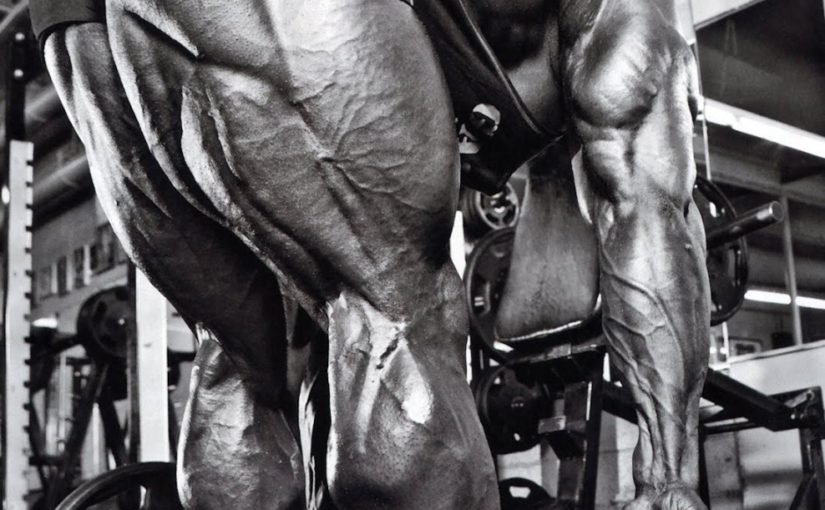Top 5 Six-Pack Mistakes
It is safe to say that the list of today’s ab exercises is nothing short of unlimited. The act of achieving a six pack is generally considered some sort of untold “secret” in the gym, and most people fall for the same trap over and over again. There has become a common belief that an abdominal exercise must be of some “fancy” variety in order to become effective. But why is this even the case?
More often than not, the guys you see performing these advanced moves generally already have a strong core. The problem comes when younger lifters attempt to mimic these ab routines thinking that they’ll get a six pack, when in reality they might be working anything BUT their abs.
I’ve put together the top 5 six-pack mistakes that most guys make when ab day rolls around…
#5 Too Much Variety
- If you’d like a simplistic, almost minimalist workout style not only for your abs but for your entire body, check out this guide to calisthenics for beginners“.
Not many times in bodybuilding will you hear that variety can be a bad thing. Too much of it will most likely detour your mind into thinking that more is better, when in reality, the opposite is true, especially for the abdominals. I’ve seen guys train their abs for an hour straight on some days, and sometimes only for a couple minutes. So which one is the correct way?
Let’s break it down…
The rectus abdominis is primarily made of Type 1 slow twitch fibers. For those of you who aren’t physiology buffs out there, this means that these fibers hold more endurance-like contractions and are stimulated mostly during aerobic activity. The point that I want to get across here is that the abs are better controlled through slower movements. None of those fast, crazy sit ups here. The abs do not need explosive repetitions like the calves do to grow. Just use the moto I like to live by: keep it simple.
Like the other major muscle groups of the body, sufficient time under tension is needed in order to initiate the growth response within the abs. My advice to you is not go all out in your abdominal training in one day; there’s no need to spend a full hour just training your core if you’ll be back the very next day doing the same thing. Split up your sessions across the week. I like to stick to the every-other-day approach, and it has worked for many of my clients as well.
#4 Upper Abs VS Lower Abs
I can’t count how many times I’ve heard that crunches are for the upper abs and leg lifts are for the lower abs. This is one of the biggest myths that has surrounded every gym in America for quite some time. Let’s
get this straight, the rectus abdominis is ONE sheet of muscle. It contracts as one unit and therefore cannot be split up into upper and lower exercises.
You can go ahead and test this one on yourself. Sit up straight in your chair and place one of your hands just underneath your belly button and firmly into your “lower” ab muscles. Now try to perform an “upper ab” crunch.
What happened?
The whole thing contracted didn’t it? Hmmm, I thought so…
Once you understand this simple physiology of the ab muscles, you can then further your knowledge into the exact exercises that are worth your time and those that have no business ever being performed again.
#3 Breathing
I think we’ve all been guilty of holding our breath at some point during a workout. It’s inevitable, especially for the inexperienced lifter. Ab training tends to get this a lot more than other muscles though. The reason this happens is often because of a lack of focus, improper technique – like fast movements, or just plain “forgetting.” Not many times in life do we FORGET to breathe, but apparently doing abs is one of them!
When the breath is being held, not only are your muscles unable to receive sufficient oxygen, they are unable to contract completely due to the thin, parachute-shaped muscle that surrounds the upper portion of the abdomen under the ribs: the diaphragm. When a breath is taken in, the diaphragm contracts expanding the chest cavity to allow the lungs to move freely. With this contraction taking place, it makes the abs unable to FULLY contract the way they normally would. Breathing OUT during the “up phase” of an ab crunch signifies this importance of getting a full contraction.
#2 Training The Fat Out Of Your Stomach
Just because you train your abs multiple times per week doesn’t mean that they will become more visible. Ever heard of spot reducing? Yeah, it doesn’t work. Sorry to burst your gullible bubble. Training your abs will not get rid of the fat on TOP of the abs. This is where nutrition becomes a huge weapon in your six-pack arsenal.
“Abs are not made in the gym, they are made in the KITCHEN.”
This quote hits the nail on the head. Without proper nutrition to help cut excess body fat, you can train your abs all day long, but they will never show up like you want them to. My advice to you is to get on a cutting program that will slowly taper off your carbohydrate intake over a period of time. This will better help you get the results that you’re looking for.
Use this training and nutritional program for the next 16-Weeks to get SHREDDED! >> MASS CONSTRUCTION 16 WEEK PROGRAM
#1 Technique, Technique, Technique
No more hanging upside down from the pull up bar, those days are over. It’s time to train your abs in a logical way, not always the most impressive way. Your technique should be nothing short of perfect every workout, every set, every rep. What most people don’t understand is that your abdominals flex your SPINE. They have no concentric action at the hips whatsoever. So how does this apply to your exercises? Let’s examine the sit up:

From a physiological standpoint, this does not make much sense at all. Although the sit up targets the abs to a degree, it is not the most effective in strengthening the abs because the movement is happening at the HIPS not the spine. Remember from above, the abdominals only create spinal flexion – about 30 degrees or so, that’s it! For the rest of the movement, the abs are statically working to hold the spine in place. Most of the movement happening at the hips is due to the major hip flexors, the psoas major muscles.
The exerciser starts flat on the ground most likely with a training partner standing on the toes (This same thing can be done with a sit up bench that holds the legs in place). You begin the movement, curl the spine and sit all the way up to your knees. You perform about 20 reps or so and the abs start to burn like crazy. Because this exercise has been used for so many years, beginning lifters do not question it’s effectiveness on the abs. Instead, they feel the abs burn and automatically place it in the “ab exercise” category.
CONCLUSION
I hope this article helped clear up some very popular myths among today’s ab mistakes. Take these 5 principles and bring them into the gym with you, or wherever you train. My advice to you is to become familiar with how your muscles act at their specific joints. This will give you a better inclination as to what exercises will work best and which will not.
Have fun and train hard!
PS – Click HERE to download my brand new and FREE report that utilizes these techniques: 10 Muscle Activation Techniques for Permanent Muscle!



